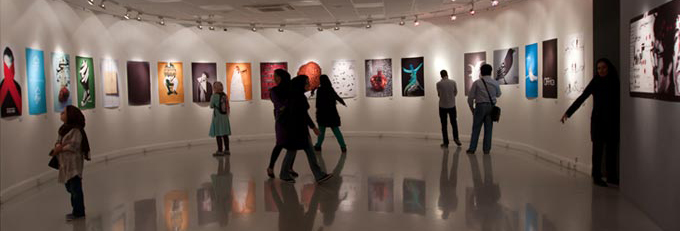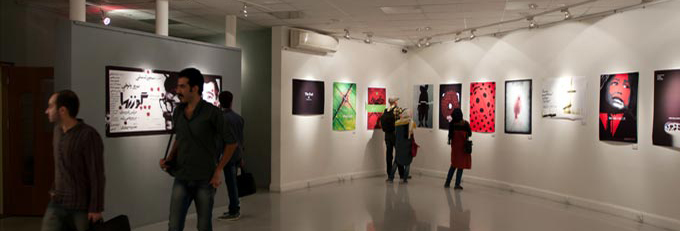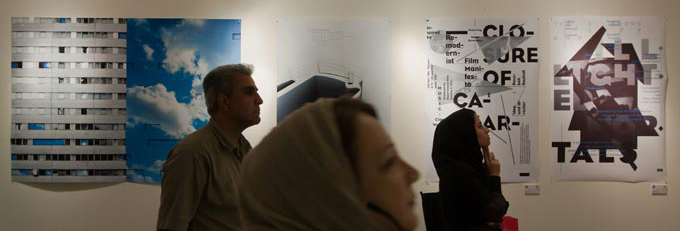Good Standing & Reputation
by Majid Abbasi
The ‘Exhibition of Iranian Graphic Designers’ Рwinners of international graphic design awards is a unique collection exhibiting the works of two generations Рbefore and after the Islamic Revolution. A praiseworthy idea by Momayez Foundation that enables us to review some areas in the development of poster design in Iran and exhibits a wide range of graphic designers’ works. At the same time, it reveals the technical and intellectual trends of these two generations, particularly in the past decade. Moreover, this exhibition demonstrates an authentic history of the graphic designers’ past records that will definitely encourage all fellow designers, younger designers and students. While reviewing the works in this exhibition, the evaluation method of the jury members in the international contests and the global view towards Iranian graphic designers are noteworthy.
-How are the works of Iranian graphic designers diferentiated from others? -What are the criteria for choosing the first-rate and remarkable works in the international competitions?
-The Eastern or Persian view or the ‘design’ quality? Which one draws the attention of international jury members?
-How much does the distinguished Persian typography influence the success of designers?
-Is winning awards and being celebrated regarded as professionalism and experience in graphic design?
РDoes ‘not winning’ in well-known competitions mean lack of competency or professionalism?
These are a few of probable questions that will cross visitors and younger designers’ minds during the exhibition. To what extent can being celebrated, being nominated, judging others’ works and being judged help graphic designers grow professionally is a question with no definite answer but there is no doubt that the presence of Iranian designers in international graphic design communities is an advantage for our professional community.
Graphic design in Iran has had many impressive achievements in international competitions, particularly in the past decade where their presence and works in both international exhibitions and competitions were the center of attention. But the records of international awards for Iranian graphic designers is not limited to the past decade and young designers of the new generation after the Islamic revolution; although, it has never been this much controversial. Majid Balouch (Advertising Poster Design Award, 1964), Farshid Mesghali (Hans Christian Andersen Award, 1974), Morteza Momayez (Desinnateur Poète Award at the Internationale d’Afche de Film, Cannes, 1975), Khosro Bayat (Third Place, Warsaw International Poster Biennale, 1976) were the first designers to pave the way for Iran to taking part in graphic design communities. Their works alongside their contemporaries were frequently published in yearbooks, professional journals, ‘Who’s Who in Graphic Design’, etc. next to the most renowned graphic designers of the 20th century.
After the revolution, the attendance of Iranian graphic designers in the international competitions waned and after a break for few years, it rose again. This time Morteza Momayez’s activities played the key role in bringing forward Iran graphic design to international communities. In 2001, together with the Experimental Poster Exhibition in Tehran Museum of Contemporary Art, he invited the Norwegian designer Bruno Oldani as the guest designer. Morteza Momayez believed that the first exhibition of graphic designers’ experimental posters could be an opportunity to present the talent and skill of Iranian designers to the world; it was true and it happened. Since he was always unhappy with his unaccompanied membership in Alliance Graphique Internationale (AGI), he introduced some Iranian designers together with Bruno Oldani to the AGI congress in Paris to smooth the path for more Iranian members. That same year the Iranian members increased to 4*. In 2002, Morteza Momayez invited Alain LeQuernec and few other guests together with the Graphic Design Seventh Biennale in Tehran and another step was taken in presenting the Iran graphic design to the international communities. The result was first group exhibition of Iran graphic designers outside the country in Echirolles, France under the direction of Alain LeQuernec. This exhibition, called ‘Un Cri Persan’ (Persian Cry) continued to rapidly gain popularity and approval across Europe and following that it was exhibited in Chaoumont (France), La Louvière (Belgium) and Geneva (Switzerland) with more works from those designers. From that time on, Iranian graphic designers little by little and one after another, introduced and presented Iranian graphic design and unfamiliar posters to the world thanks to the beauty, artistry and delicacy of Persian typography and succeeded in winning recognized international awards. Following that, the attendance of Iranian designers in international communities was more frequent not only in the competitions but also in jury memberships. They were invited to hold graphic design workshops for schools and departments of visual communication and design in various universities and introduced Iranian culture and history to the world alongside with the then-unknown and dissimilar Eastern graphic design.
This collection is a small part of the treasures of Iranian designers’ decades of work that were exhibited and judged in different geographical, cultural and professional conditions around the world. Therefore, they do not reflect and embody the full graphic design society in Iran. Judging graphic design works in international competitions, usually after hours of discussion among the members of the jury, ultimately concludes in a few seconds! Thus, it can be said that it will do no harm to the other works’ merit in a competition. Although, it can never be discerned what the jury members of an exhibition or competition are thinking or may have discussed about, but it is possible to point out the most frequent matters:
-Most of outstanding works are easily and early seen.
-They communicate conveniently,yet differently.
-They have magnificent visual allure that the jury members would be captivated
by their distinctiveness among all other works
-They are admired and also would become good examples for other
competitions (Whether this is good or bad is a subject of discussion.)
-The works would get sent to international competitions with the winning mentality.
Taking part in a competition is to win, isn’t it? Thus, it is natural that each one of us are looking forward to see our names in the winners list in this competition or that biennial. We love the awards or may disapprove the results and criticize the jury or the members of it. International competitions and contests gain their credibility from the best works of graphic designers and on the other side they
do credit the younger designers and bring them international fame and fortune.
Most of the time this fame and credit will not go beyond the graphic design community and their fame will not be equal to those of pop music singers, movie stars or even football players. Since this credibility is tested by the graphic
designers community or international competitions and their authentic jury members, this exhibition, from this point of view, is a valuable credibility for the Iran graphic design with decades of brilliant reputation.
* Iranian members of Alliance Graphique Internationale (AGI): Morteza Momayez(1977), Ghobad Shiva, Ebrahim Haghighi, Reza Abedini (2001), Saed Meshki(2002) and Majid Abbasi (2009).
‚Ä¢This exhibition was held in September 2013 together with the 8th anniversary of the late maestro Morteza Momayez¬Ýin Iranian Artists Forum.
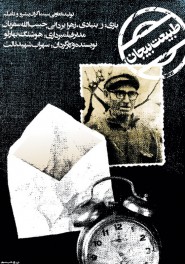 Morteza Momayez
Morteza Momayez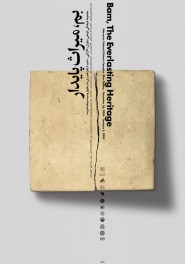 Majid Abbasi
Majid Abbasi Majid Abbasi
Majid Abbasi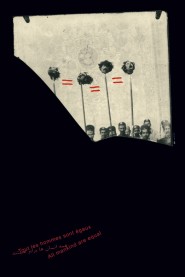 Ebrahim Haghighi
Ebrahim Haghighi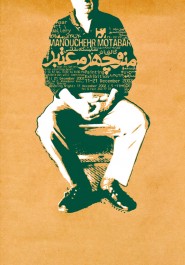 Reza Abedini
Reza Abedini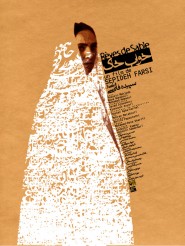 Reza Abedini
Reza Abedini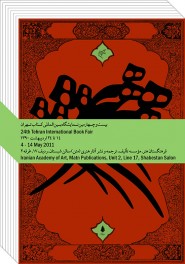 Mehdi Mahdian
Mehdi Mahdian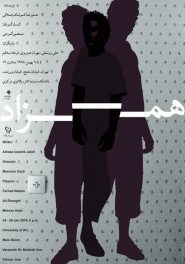 Mehdi Mahdian
Mehdi Mahdian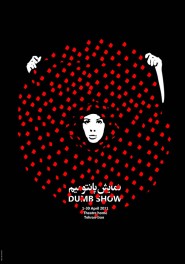 Hamed Mehravaran
Hamed Mehravaran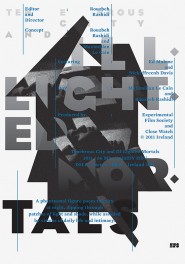 Pouya Ahmadi
Pouya Ahmadi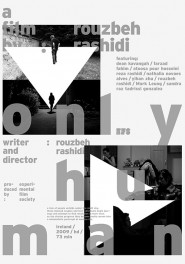 Pouya Ahmadi
Pouya Ahmadi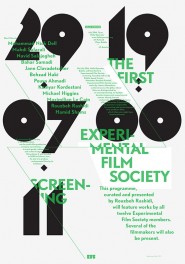 Pouya Ahmadi
Pouya Ahmadi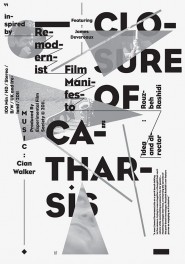 Pouya Ahmadi
Pouya Ahmadi Pouya Ahmadi
Pouya Ahmadi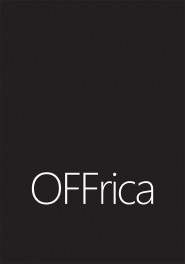 Touraj Saberivand
Touraj Saberivand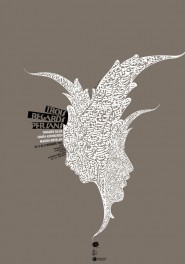 Mehdi Saeedi
Mehdi Saeedi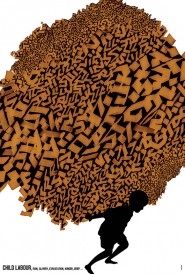 Mehdi Saeedi
Mehdi Saeedi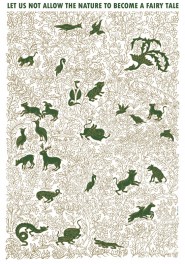 Mehdi Saeedi
Mehdi Saeedi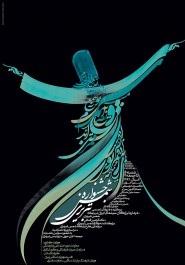 Mehdi Saeedi
Mehdi Saeedi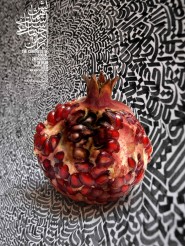 Mehdi Saeedi
Mehdi Saeedi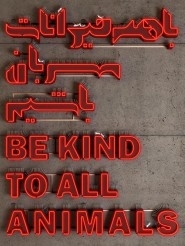 Mehdi Saeedi
Mehdi Saeedi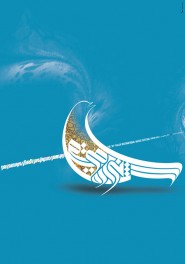 Mehdi Saeedi
Mehdi Saeedi Pouya Ahmadi
Pouya Ahmadi Pouya Ahmadi
Pouya Ahmadi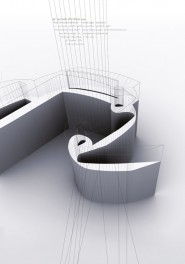 Pouya Ahmadi
Pouya Ahmadi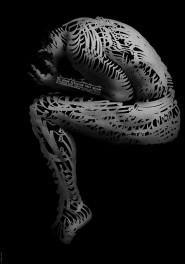 Mohamad Jamshidi
Mohamad Jamshidi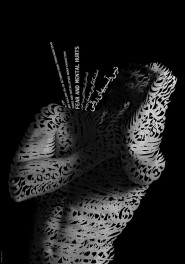 Mohamad Jamshidi
Mohamad Jamshidi Siamak Pourjabbar
Siamak Pourjabbar Siamak Pourjabbar
Siamak Pourjabbar Siamak Pourjabbar
Siamak Pourjabbar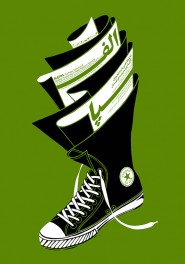 Mehdi Fatehi
Mehdi Fatehi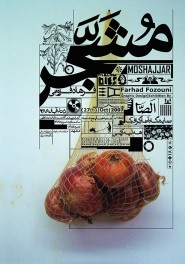 Farhad Fozooni
Farhad Fozooni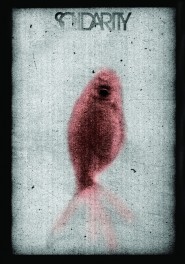 Saed Meshki
Saed Meshki Alireza Nosrati
Alireza Nosrati Parisa Tashakori
Parisa Tashakori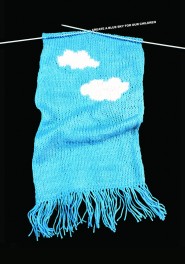 Parisa Tashakori
Parisa Tashakori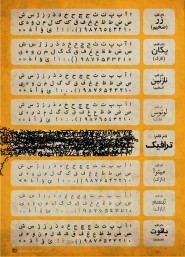 Madjid Kashani
Madjid Kashani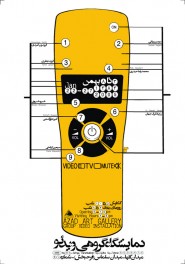 Amirali Ghasemi
Amirali Ghasemi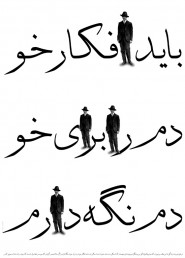 Firouz Shafei
Firouz Shafei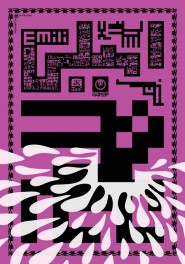 Peyman Pourhossein
Peyman Pourhossein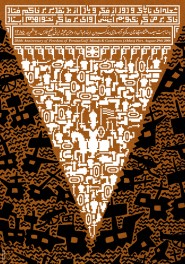 Peyman Pourhossein
Peyman Pourhossein Sara Shadrokh
Sara Shadrokh Parisa Ghaderi
Parisa Ghaderi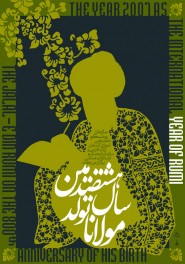 Shapour Hatami
Shapour Hatami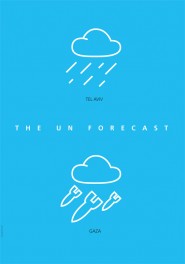 Naghmeh F.Zabihi
Naghmeh F.Zabihi Kouroush Parsa Nezhad
Kouroush Parsa Nezhad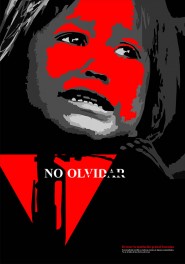 Mona Goodarzi
Mona Goodarzi Mona Goodarzi
Mona Goodarzi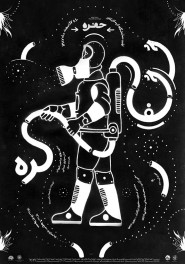 Mojtaba Adibi
Mojtaba Adibi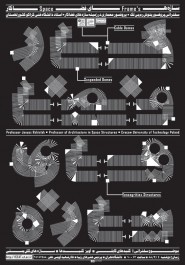 Amirhossein GHoochibeik
Amirhossein GHoochibeik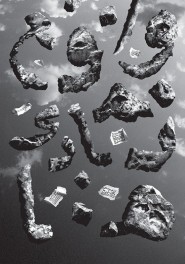 Rambod Vala
Rambod Vala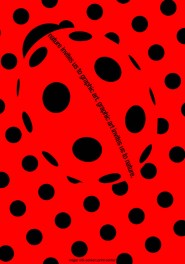 Alireza Mostafazadeh
Alireza Mostafazadeh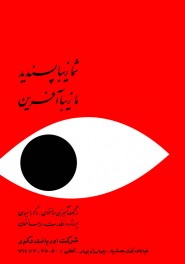 Majid Balouch
Majid Balouch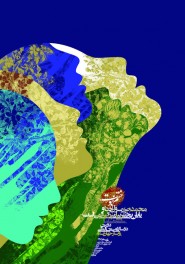 Maryam Azad
Maryam Azad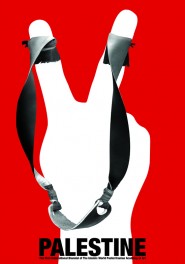 Tahamtan Aminian
Tahamtan Aminian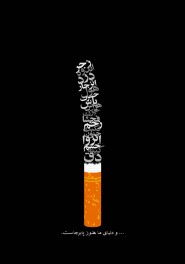 Tahamtan Aminian
Tahamtan Aminian Tahamtan Aminian
Tahamtan Aminian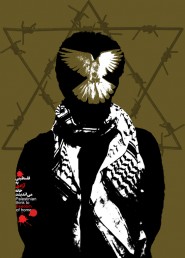 Abolfazl Khosravi
Abolfazl Khosravi Ahmad AghaGholizadeh
Ahmad AghaGholizadeh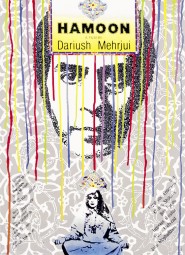 Ebrahim Haghighi
Ebrahim Haghighi Mehdi Saeedi
Mehdi Saeedi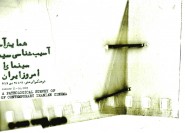 Saed Meshki
Saed Meshki Seyed Mojtaba Rouhani
Seyed Mojtaba Rouhani Morteza Momayez
Morteza Momayez Morteza Momayez
Morteza Momayez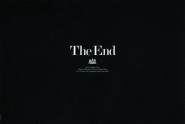 Khosrow Bayat
Khosrow Bayat